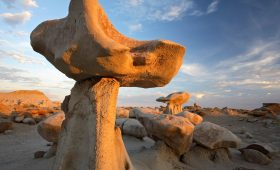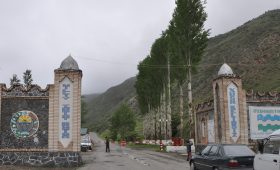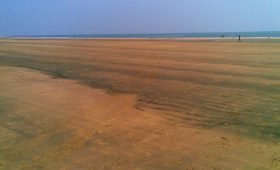About Caddo Lake
Caddo Lake, located in Texas, is a captivating natural wonder known for its expansive wetlands and iconic bald cypress trees draped with Spanish moss. Covering approximately 26,810 acres, it is one of the largest natural freshwater lakes in the state. The lake’s unique ecosystem supports over 70 species of fish, making it a prime destination for anglers and nature enthusiasts alike.
Unique Features
Caddo Lake stands out for its blend of natural beauty and historical significance:
- The lake’s bald cypress trees, with their Spanish moss, create an ethereal landscape that feels like stepping into another world.
- As a designated Ramsar Wetland of International Importance, Caddo Lake is recognized for its ecological value and conservation efforts.
- The area is rich in Native American history, with the Caddo people historically inhabiting the region and maintaining a deep connection to the land and water.
- Exploring the lake’s intricate network of channels and bayous by boat or canoe offers a unique perspective on its diverse flora and fauna.
Best Time to Visit
Plan your visit to Caddo Lake during the spring or fall. From April to June and September to November, the weather is mild, offering comfortable temperatures and fewer visitors. This timing allows you to fully appreciate the lake’s natural beauty without the discomfort of summer heat or winter chill.
How to Get There
Reaching Caddo Lake is straightforward, whether by car or public transportation.
By Car:
For those driving from nearby cities like Shreveport or Longview, the lake is easily accessible via major highways. Look for signs directing you to the lake, and you’ll find parking available at various access points.
By Public Transportation:
If you prefer public transit, take a bus or train to the nearest towns and arrange for a taxi or ride-sharing service to complete your journey to the lake. Check schedules and availability in advance to ensure a smooth trip.
Local Transportation
Once at Caddo Lake, several options are available for exploring the area:
- Boat: Renting a boat is a popular way to navigate the lake. Several rental services offer both motorized and non-motorized options.
- Canoe or Kayak: For a peaceful experience, consider paddling through the lake’s calm waters in a canoe or kayak.
- Hiking: Caddo Lake State Park features a variety of hiking trails. Wear appropriate footwear and bring water to explore the surrounding forests and wetlands.
Personal Experiences
During my visit, I was captivated by the serene beauty of the sunset over Caddo Lake. Paddling through the cypress trees, I watched as the reflections danced on the water’s surface—a truly unforgettable experience. I also learned about the lake’s rich history from local guides, who shared stories of the Caddo people and their sustainable practices that have helped preserve the area’s natural balance.
Summary
- Caddo Lake covers approximately 26,810 acres and is one of Texas’s largest natural freshwater lakes.
- The lake’s landscape is defined by stunning bald cypress trees adorned with Spanish moss.
- Recognized as a Ramsar Wetland of International Importance, Caddo Lake is valued for its ecological significance.
- Visit during spring or fall for pleasant weather and fewer crowds.
- Access the lake by car or public transportation, with parking available at various points.
- Explore the area by renting boats, canoes, or kayaks, or hike through Caddo Lake State Park.
- Personal highlights include witnessing breathtaking sunsets and learning about the lake’s history from knowledgeable guides.




